
Presented a self-portrait, where in one hand the artist holds a thin brush, and in the other one guesses the palette – one of the most remarkable and sad works of the great Manet. A remarkable picture of his technique, but sad notes “hear” those who know the fate of the painter.
Here, the artist is also full of energy and creativity – straight posture, straight, although somewhat frightened eyes, only some thinness reveals health problems. However, quite a bit of time will pass, and, riding a bicycle, Manet will hurt his leg. Rheumatism that develops from trauma rapidly develops into a blockage of blood vessels and gangrene, which in turn will deprive the artist of one leg.
The technique of painting the painting continues its traditions – wide and bold strokes, without clear contours, which are characteristic of impressionism, at the origins of which Manet stood. The absence of the background is also habitual for the viewer – the artist never specifically painted it, wanting to focus on the heroes of the picture. In his self-portrait, Manet rejects it altogether. His figure as if protrudes from the gloom.
Compositional techniques are also not new – often in his works the painter seems to have “cut off” the space, trying to achieve the effect of a photo frame.
Looking at the pictures, I always want to see, through his gaze, the thoughts of this unusual person. The genius, who was subjected to persecution and ruthless critical reproaches, was rejected by the public, survived a serious illness, causing him to physically suffer incredibly, and… managed to catch his fame. Eleven days before his death, Manet was awarded the Order of the Legion of Honor.
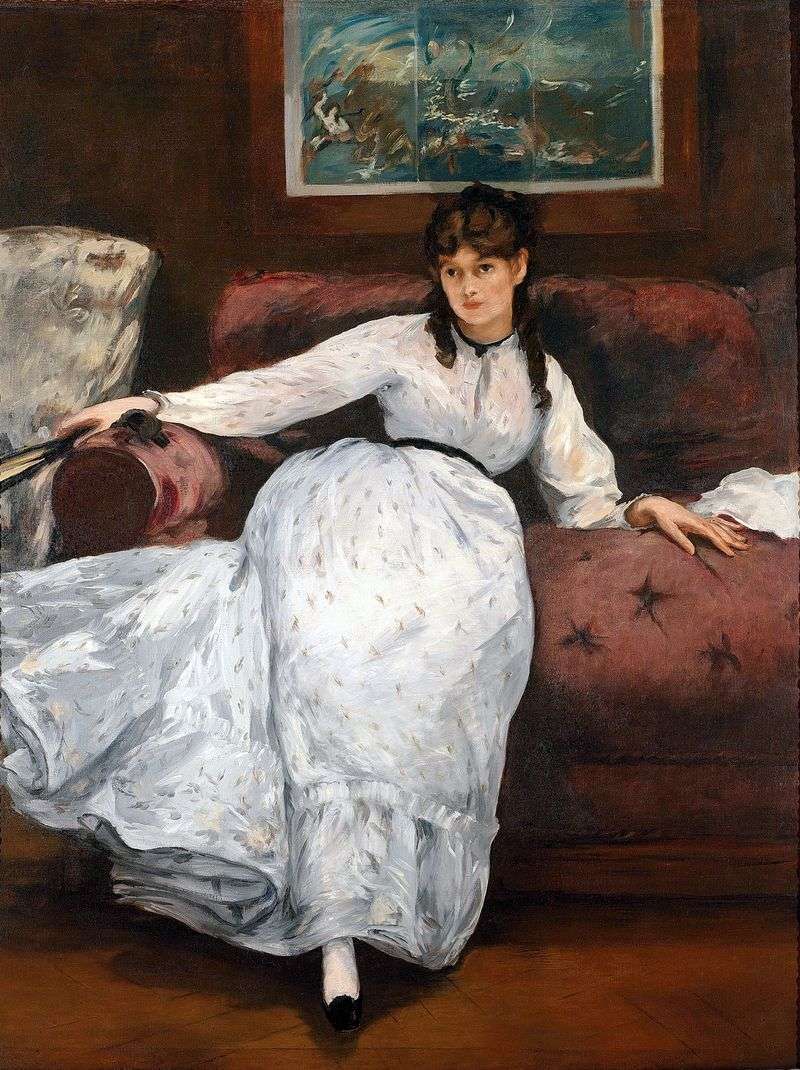 Portrait of Bertha Morizo by Edouard Manet
Portrait of Bertha Morizo by Edouard Manet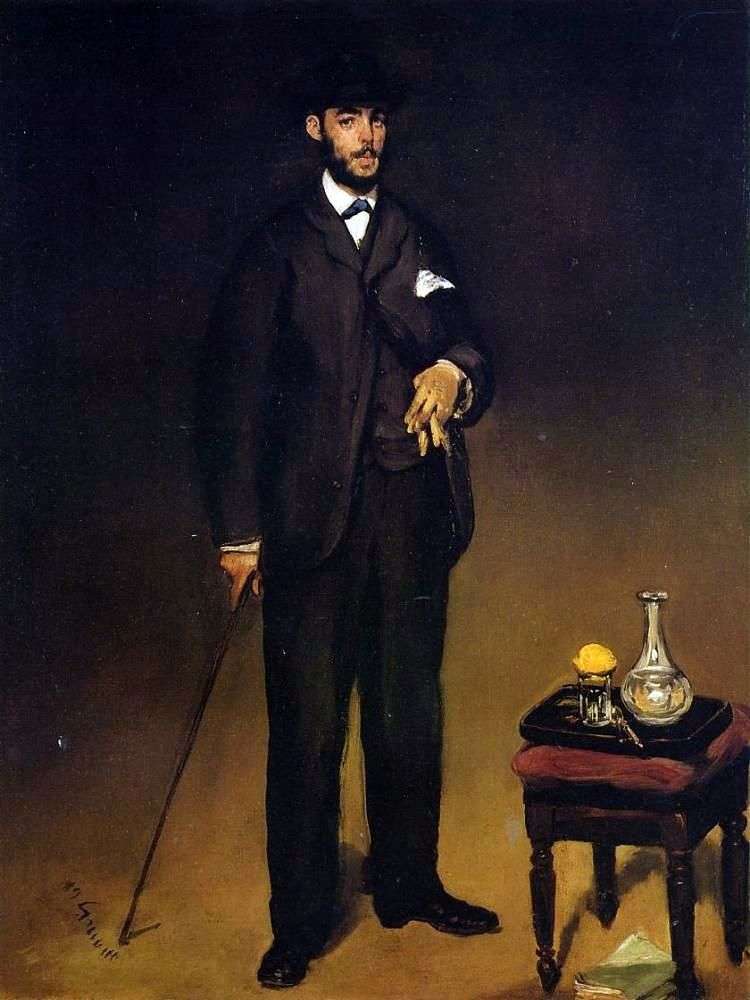 Portrait of Theodore Dure by Edouard Manet
Portrait of Theodore Dure by Edouard Manet Bertha Morisot with a bouquet of violets by Edouard Manet
Bertha Morisot with a bouquet of violets by Edouard Manet Dead bullfighter by Edouard Manet
Dead bullfighter by Edouard Manet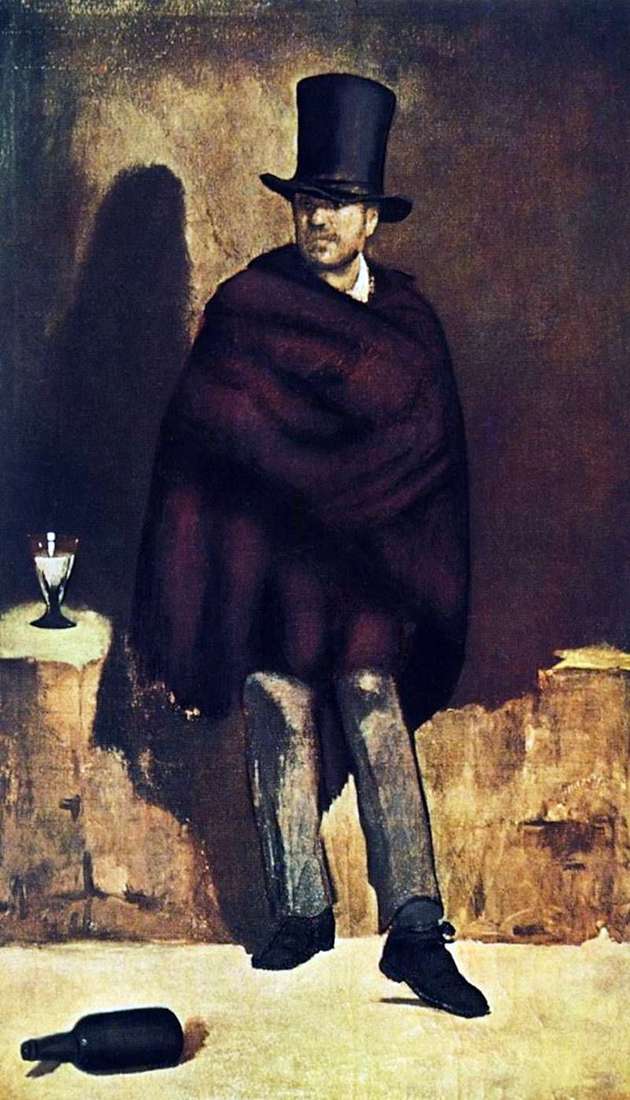 Absinthe Lover by Edouard Manet
Absinthe Lover by Edouard Manet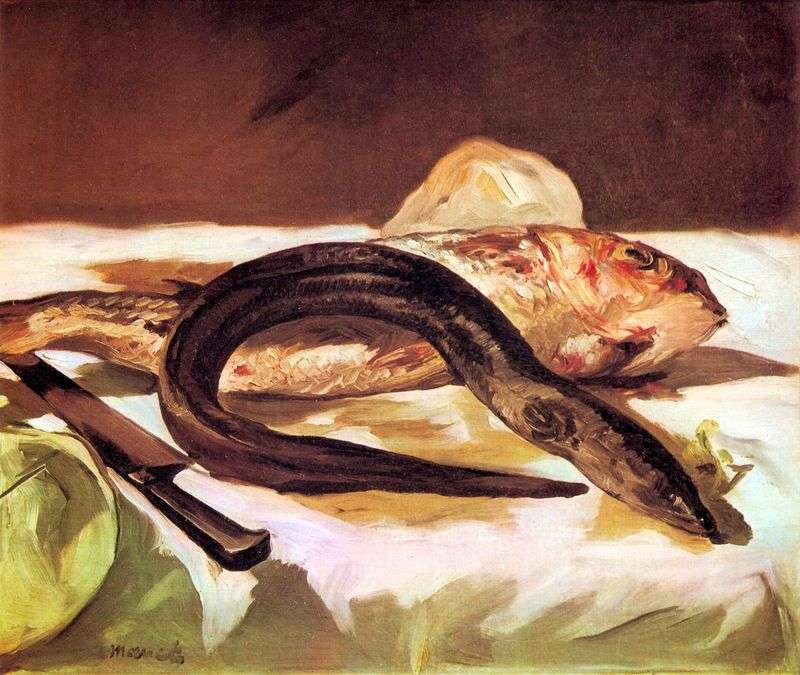 Eel and Mullet by Edouard Manet
Eel and Mullet by Edouard Manet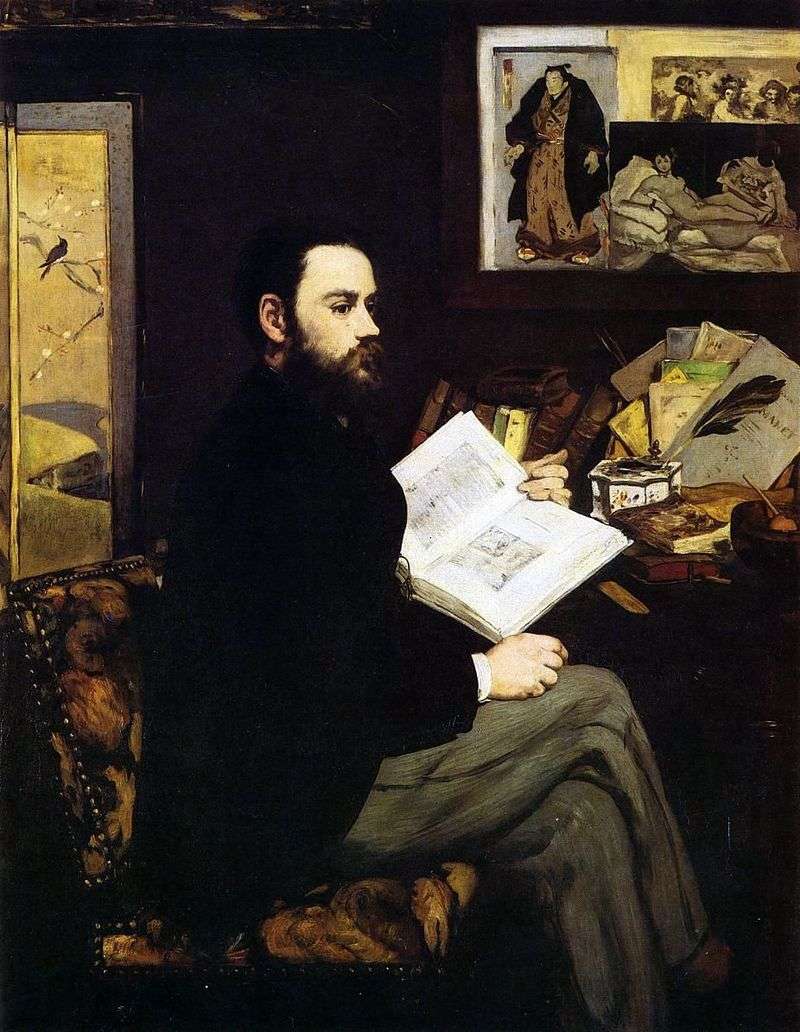 Portrait of Emile Zola by Edouard Manet
Portrait of Emile Zola by Edouard Manet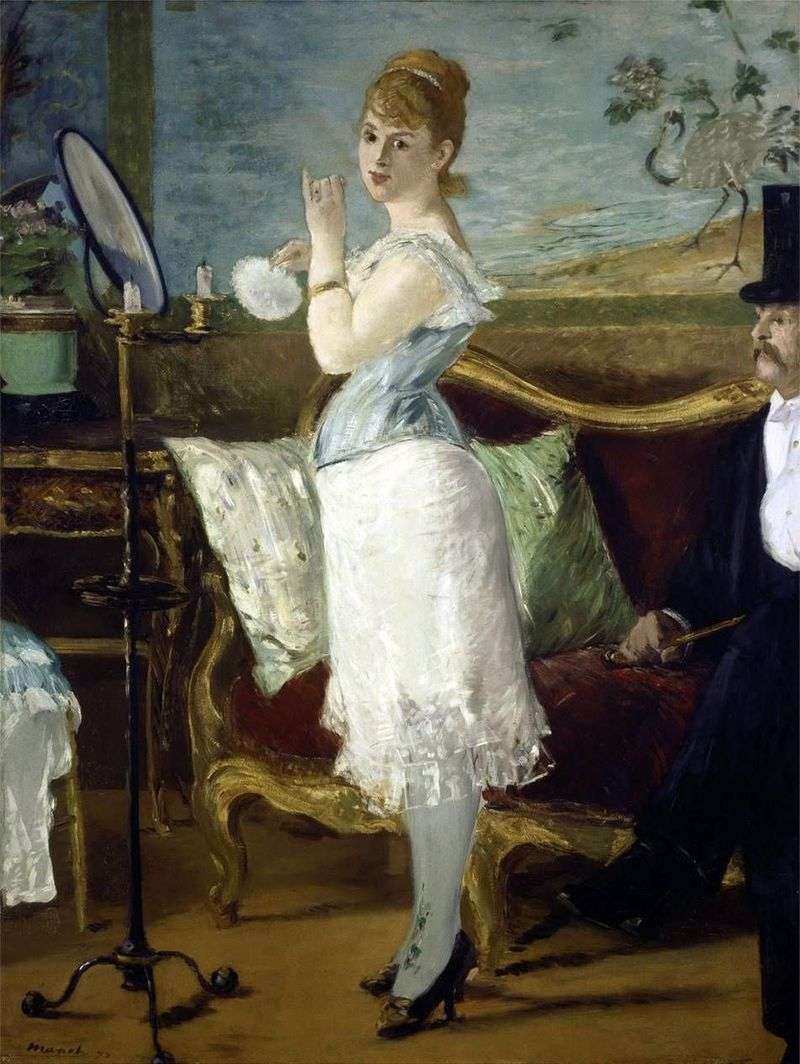 Nana by Edouard Manet
Nana by Edouard Manet